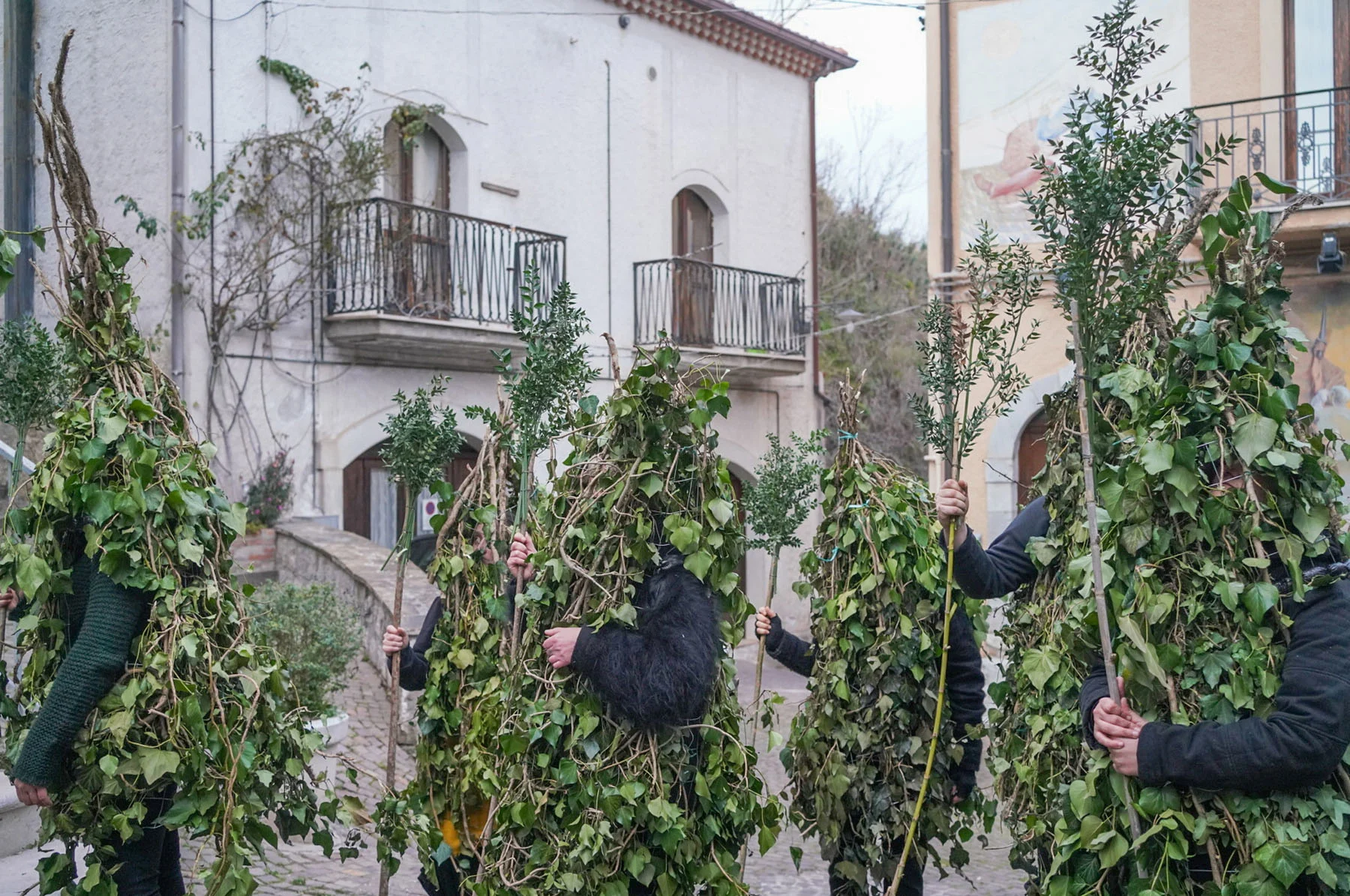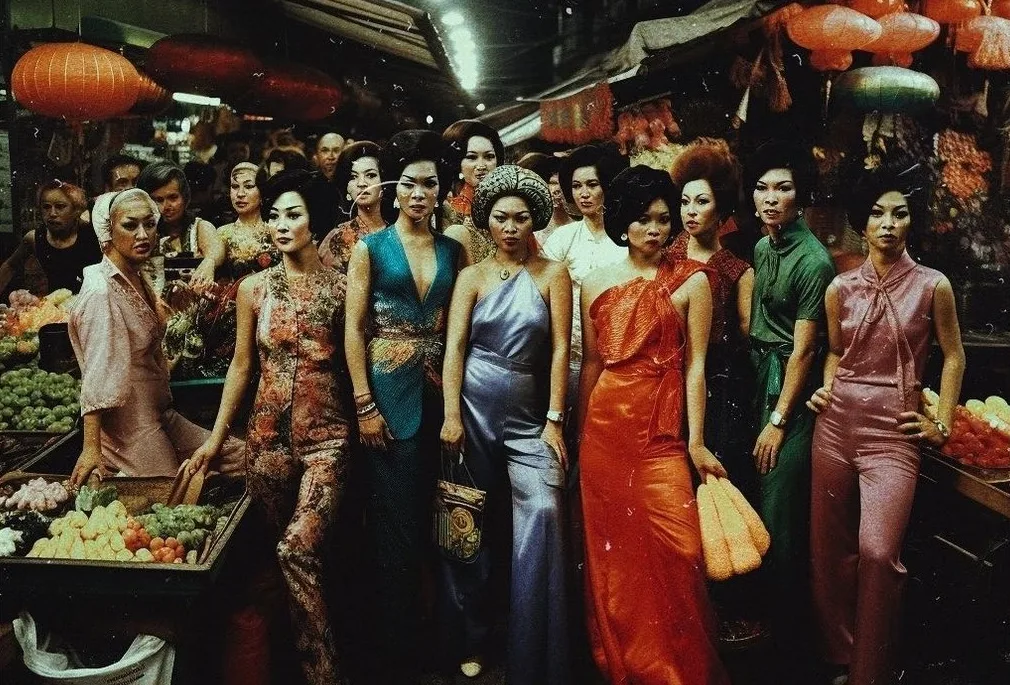
Jeano Edwards spent the first 16 years of his life in Jamaica before he moved away. Over time, he began to feel a deep sense of longing and loss, a sense of distance from his roots. “In The Dark, The Tides Shine Bright” is his response to that feeling—shot over five visits, it’s a 17-minute portrait of moments, memories and sounds from his birthplace. We gave the film its premiere in London, and it will now become a traveling art piece, being shown at institutions far and wide. Here, Edwards tells Natty Kasambala how creating the film soothed that ache of longing he had felt, and allowed him to see the magic of home again.
If you ask photographer and filmmaker Jeano Edwards where he’s from, he does the classic third-culture dance: a split second vibe-check of the person asking and a different answer depending on the findings. To those he suspects are nosy, he keeps it short, answering simply New York. “I can be quite moody,” he says, laughing. “But if it’s someone that I want to actually have a conversation with, I always say that I’m Jamaican and I’ve lived in New York for some time… There’s some stuff on top, but that’s my core.”
It’s no surprise that Edwards’ relationship to the concept of home is fluid and multiple: born and raised in St. Thomas, Jamaica, the artist moved to New York aged 16, with a stint studying at Goldsmiths in South London, and is now based in Paris. Through his work, he’s carved a singular lane with his delicate studies on identity, Jamaican culture and community. Whether in the form of photobook “EverWonderful” or film campaigns for brands such as Wales Bonner and Rimowa, his lens enhances the intimate beauty of the everyday world, and people, around us—mostly through tender portraiture on the island. So when, in his latest film, the frame freezes mid-shot and a voice utters “back home soon, or so he thought,” the sinking sound that follows feels monumental.
Culminating in an installation, accompanying book and cinépoem, “In The Dark, The Tides Shine Bright” is an exploration of the uncertainty and nuance he unearthed on one of his many journeys back to Jamaica as an adult. “I started to notice this feeling at nighttime, this really strong sensation of longing and loss,” Edwards explains. “[It] led me to this idea… that the version of myself that I thought I was, I wasn’t.” Edwards felt driven to investigate. If he was no longer as rooted in his birthplace as he’d once thought, what did that mean for his identity, his memories, his work?

Shot over approximately five trips, with a quasi-documentarian approach, Edwards began by extracting his recollections of growing up on the island. Reinterpreting them into vignettes, with director of photography Sammy Suh, his long-time collaborator, he’d try to capture them organically: “not word for word but what those would look like now, in this time and space.” From there they’d go home, look over the rushes and find new ideas and scenes that could support and layer over what they had. Then they’d fly back and do it all over again. “Even that approach is very Goldsmiths, that foundation of things building on themselves,” Edwards says. “It’s always an open-ended question that, to me, never needs any definite answer either.”
The result is a bracing 17-minute meditation on time, belonging and how the places we come from shape us, even in their absence. Through a series of painterly tableaus, Edwards conjures that ineffable ache of missing something that’s right in front of you. “How do we let go of [memories] or how do we reconcile the memories that we have that bring a kind of aching quality every time you think about them, you know?” Edwards explains.
There’s a quiet ethereality to Edwards’ gaze that he credits to his countryside upbringing. Raised by his grandmother in a small town called Yallahs, an hour from Kingston, even his memories of walking to school sound like they were plucked from a Studio Ghibli film. Surrounded by trees and nature, passing by cows, hopping from stone to stone to cross a river en route. “It was almost like a fairytale,” he says, smiling. “That shaped a lot of this soft sentiment with how I see things or how I want things to feel.”


That slippery sense of a memory that resists your grasp is most present here. From rushing waterfalls and rolling waves to beach gatherings, sprawling canefields ablaze to lush verdant landscapes, each moment feels both still and fleeting, tactile yet distant. As scenes play out in slow-motion, others in reverse, motifs stretch across timelines; one foot is firmly planted in the surreal, while the other is flat on the ground. The atmosphere of this Jamaica feels thick and viscous in the way that tropical islands often do after dark.
Unlike a summer holiday, though, there’s a feeling of something lurking beneath the surface—in part due to the murky, layered soundscape, crafted by Asma Maroof. “There’s a lot of unknown and feeling around in the dark, trying to get your bearings,” Edwards says of the ambiguous space he wanted to encode into the sonics of the film. At times, it’s grumbling and void-like, at others, just the eerie quiet of fluttering curtains, radio static and bare feet on cold tiles. When music is weaved in, it’s deconstructed: vocal here, ad lib there, an echoey room or a looping riff. And if clarity comes, it’s in a call to the spiritual—a pastor’s sermon or reassuringly cryptic proverbs—another remnant from Edwards’ childhood days. “I wanted to really bring about this idea that there’s so much beauty in that darkness as well,” he expands.
By the end, we feel that release, as the camera flits between VHS footage of party scenes and seas of moving bodies, overlaid with a mix of dub sounds, spoken word and a transcendent-sounding audio. “It’s actually a field recording of a mix of Kumina and Christian practices, kind of like a Zion Church,” Edwards explains. As it builds, the scenes start to fold in on each other, figures and pixels morphing together into something more abstract. Edwards agrees: “That’s it, that’s it. We call that sequence the one where everything collapses in on itself.” Over it, the same soft voice resolves, “Let’s say that neither is mine to hold onto. Let’s say that where I am is where home is a figment of imagination.” The film exhales over cityscape pans.


I don’t see [Jamaica] the way I saw it when I was living there. Now I see the magic in everything.
Even though Jeano Edwards wasn’t searching for an answer, he found one anyway. “I think it did the thing that I wanted it to do,” he reflects. “I went back at the end of last year… and it feels so different to me now. I’m not aching over everything.” With this, Edwards’ identity becomes its own living, breathing palimpsest, like the closing scene or his editing process: layers of cultures and experiences merged together to create something new and distinct. Not six of one and half a dozen of the other, but all of it, all at once. “I do think you gain more than what you lose in the end. Because you gain an appreciation for the thing that you have, that you still have. And you gain perspective as well, seeing that thing in a completely different way,” Edwards says. “Anytime I go back to Jamaica, I don’t see it the way I saw it when I was living there. Now I see the magic in everything.”

